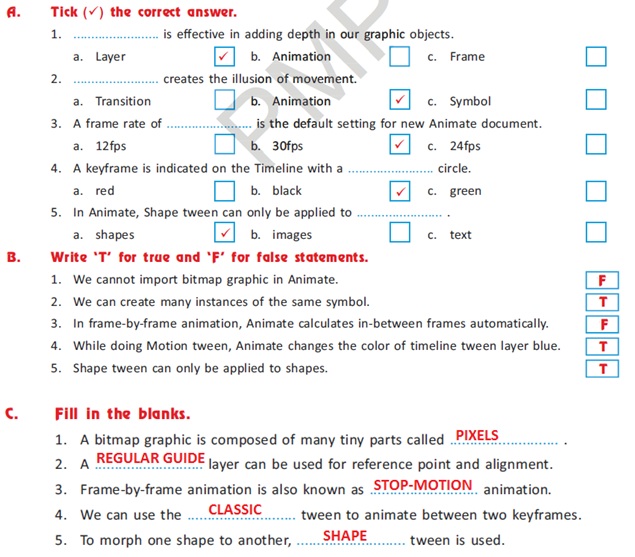CHAPTER 2 - COMPUTER VIRUS
CHAPTER 2 : COMPUTER VIRUS
D.
Differentiate between the following: ADWARE SPYWARE
Adware is a program that displays an unwanted
advertisement in a banner, pop-up window on web pages, e-mail messages, or on
other Internet services.
Spyware is a program placed on a computer or mobile device without the user’s knowledge that secretly collects information about the user and then communicates the same information to some outside source while the user is online.
1. What is a computer virus?
A computer virus is a program which is created deliberately to damage critical information and data.
2. Why do we use antivirus program?
We use antivirus program
to protect the computer against virus by identifying and removing any computer
virus found in the memory, storage, media or incoming files.
3. What do you mean by virus signature?
Antivirus programs use virus signatures as one of their techniques for detecting viruses. A virus signature is a known specific pattern of virus code.
F. Answer briefly.
1. What is boot sector virus?
The virus which attaches itself to the boot sector of the disk is known as Boot sector virus. Boot sector is the part of the disk where start-up instructions and the file-allocation tables are kept. This sector is read and loaded into the memory every time the disk is booted.
2. How does e-mail virus spread?
E-mail viruses are spread by the files attached to e-mail messages. When we open an e-mail attachment that contains a virus, the virus spreads to our computer. If we forward the attachment to other people, their computers will also be affected when they will open the attachment.
3. What is ransomware?
Ransomware is a virus that restricts access to our computer system and demands a ransom (money) to be paid in order to remove the restriction.
4. Write any two precautions that should be
taken to prevent computer virus.
Precautions to prevent computer
virus are:
a. Scan all downloaded programs
for viruses and other malware.
b. Never open an email attachment
unless you are expecting it and it is from a trusted source.

